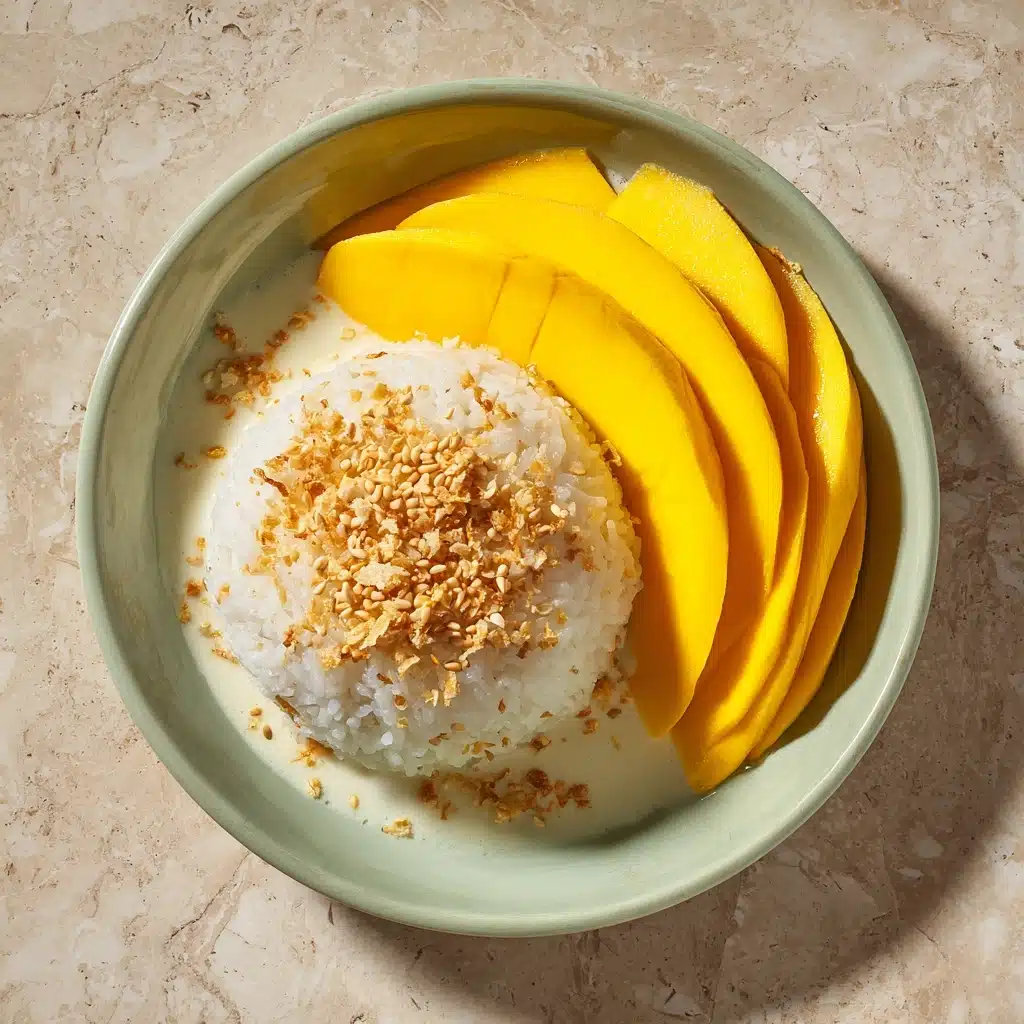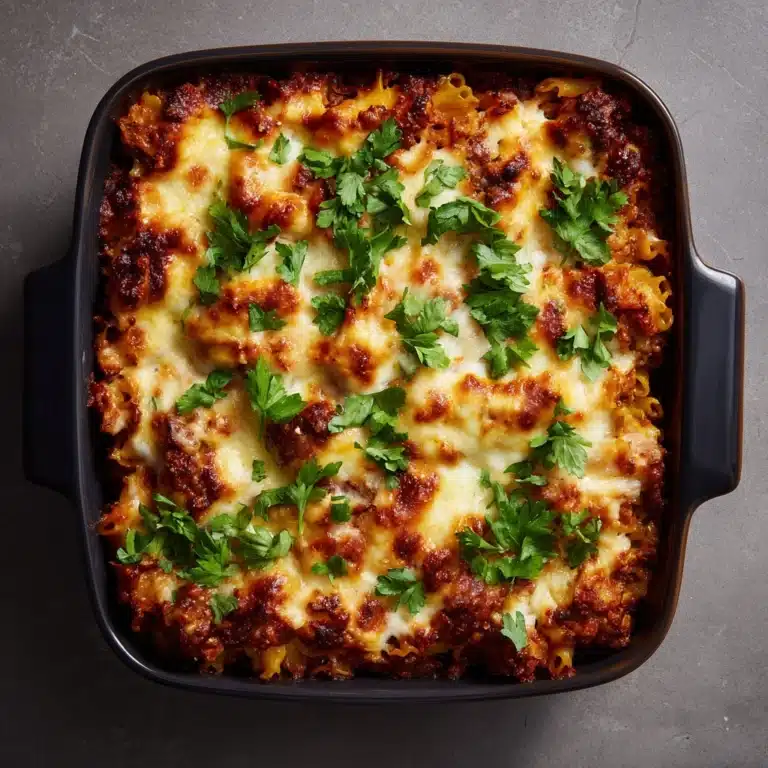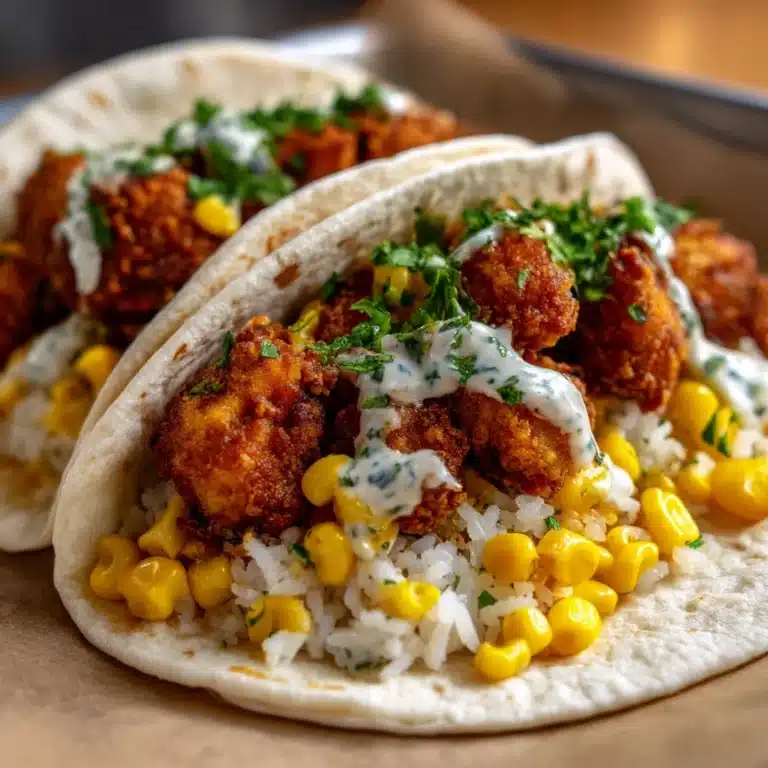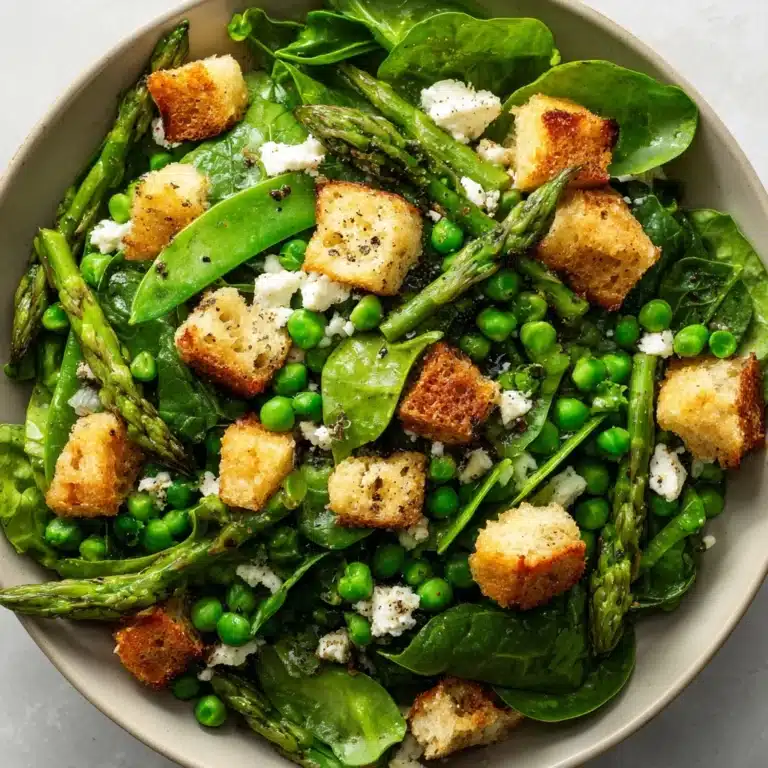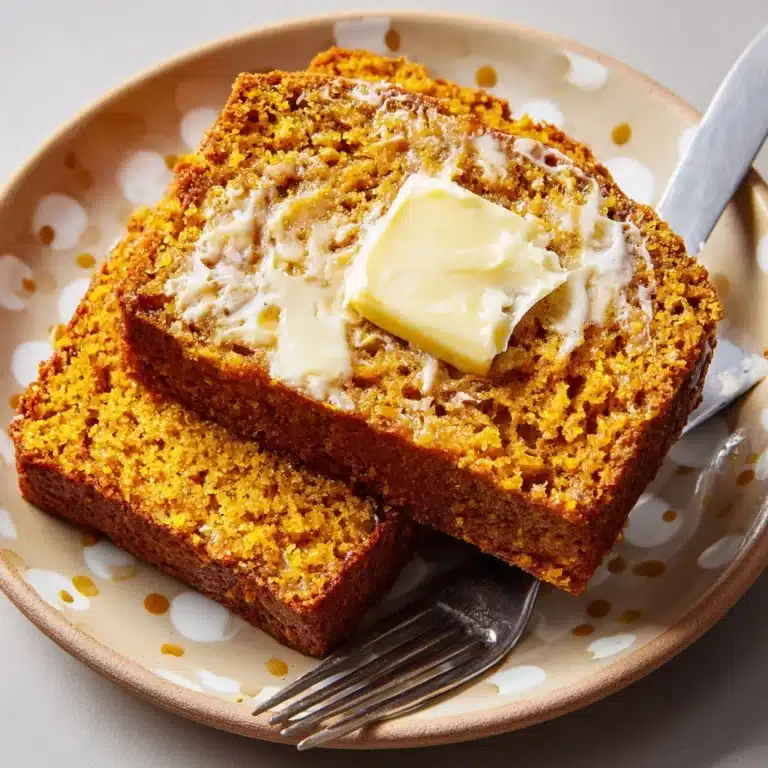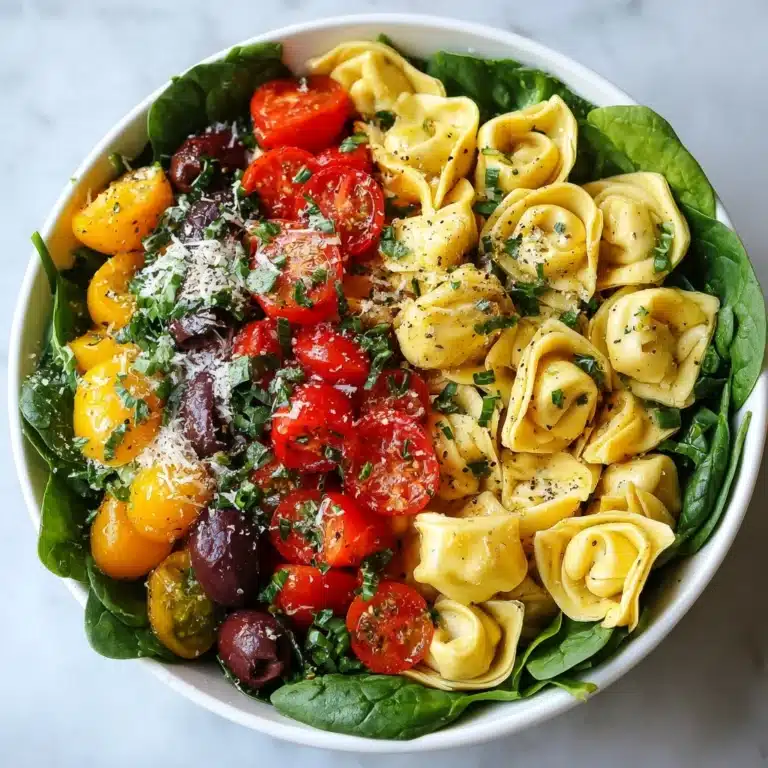Bright, luscious, and completely irresistible, Mangoes and Sticky Rice is the ultimate ode to Thai dessert tradition. This dish delicately balances tender, coconut-scented sticky rice with slices of perfectly ripe mango for a truly unforgettable combination of flavors and textures. Whether you’re serving it as the grand finale to a special meal or treating yourself to a sweet afternoon pick-me-up, Mangoes and Sticky Rice always manages to steal the show. The vibrant colors, the creamy coconut sauce, and the sweet juiciness of the mango embody everything I love about Southeast Asian desserts.
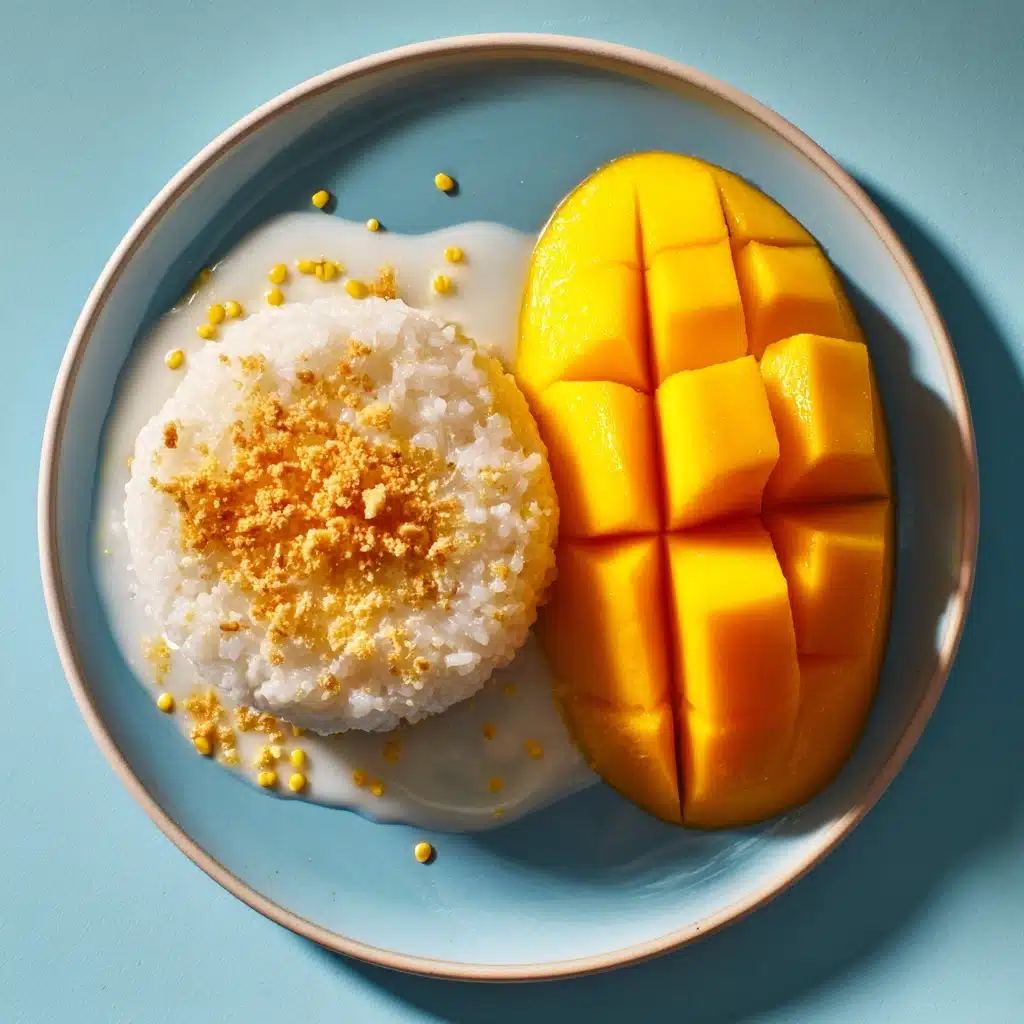
Ingredients You’ll Need
The beauty of Mangoes and Sticky Rice lies in its simplicity. Each ingredient plays a crucial role: the sticky rice soaks up all the sweet coconut cream, while the ripe mango brings a burst of fresh flavor. Even the optional garnishes add a delightful finishing touch.
- Glutinous (sticky) rice: Sometimes called “sweet rice,” this is the heart of the dessert; don’t substitute regular rice as it won’t have the signature chewy, sticky texture.
- Coconut milk: Go for a full-fat, unsweetened variety for the creamiest results and a rich coconut aroma.
- Granulated sugar: Provides the gentle sweetness that melds beautifully with coconut and mango, without overpowering the dish.
- Salt: A tiny amount enhances the flavors and keeps the whole dessert from becoming one-note sweet.
- Ripe mangoes: The stars of Mangoes and Sticky Rice – look for Ataulfo or Nam Dok Mai mangoes at Asian markets, as their silky texture and honeyed sweetness are ideal.
- Toasted sesame seeds or mung beans (optional): These offer a nutty crunch on top and make your final presentation absolutely beautiful.
How to Make Mangoes and Sticky Rice
Step 1: Soak and Rinse the Sticky Rice
Start by thoroughly rinsing your glutinous rice under cool water, swirling it around until the water is nearly clear. This step isn’t just about cleanliness; it’s key to removing excess starch so your grains stay separate yet sticky, never mushy. Once rinsed, soak the rice in plenty of water for at least four hours or, if you can, overnight. Patience pays off here – the rice will cook evenly and achieve that signature chewy texture.
Step 2: Steam the Sticky Rice
Drain your soaked rice and transfer it to a steamer basket lined with cheesecloth (this keeps grains from falling through). Steam over simmering water for about 20 to 25 minutes. Give the rice a gentle fluff halfway through to ensure every grain cooks perfectly. The reward? Gloriously shiny, tender, sticky rice, ideal for soaking up coconut cream.
Step 3: Make the Sweet Coconut Sauce
While your rice is steaming, gently heat the coconut milk, sugar, and salt in a saucepan over low heat. Stir until the sugar has dissolved and the coconut milk is smooth and fragrant; make sure it never comes to a boil (too much heat can cause it to separate). Once done, reserve about 1/3 cup of the mixture – this will be your dreamy finishing drizzle.
Step 4: Combine Coconut Milk and Rice
When the sticky rice is hot and ready, scoop it into a mixing bowl. Immediately pour the remaining coconut milk mixture over the rice and gently fold it together. Let the rice stand for 10 to 15 minutes so it can soak up all that lovely coconut sweetness. During this time, you’ll notice the grains swelling, turning luscious and glossy.
Step 5: Assemble and Serve
To serve, spoon generous mounds of coconut-infused sticky rice onto dessert plates. Fan out your freshly sliced mango right beside the rice. Just before eating, drizzle everything with your reserved coconut milk, and sprinkle on toasted sesame seeds or mung beans for a pop of crunch and color. The contrast is magical, making Mangoes and Sticky Rice a feast for the senses.
How to Serve Mangoes and Sticky Rice
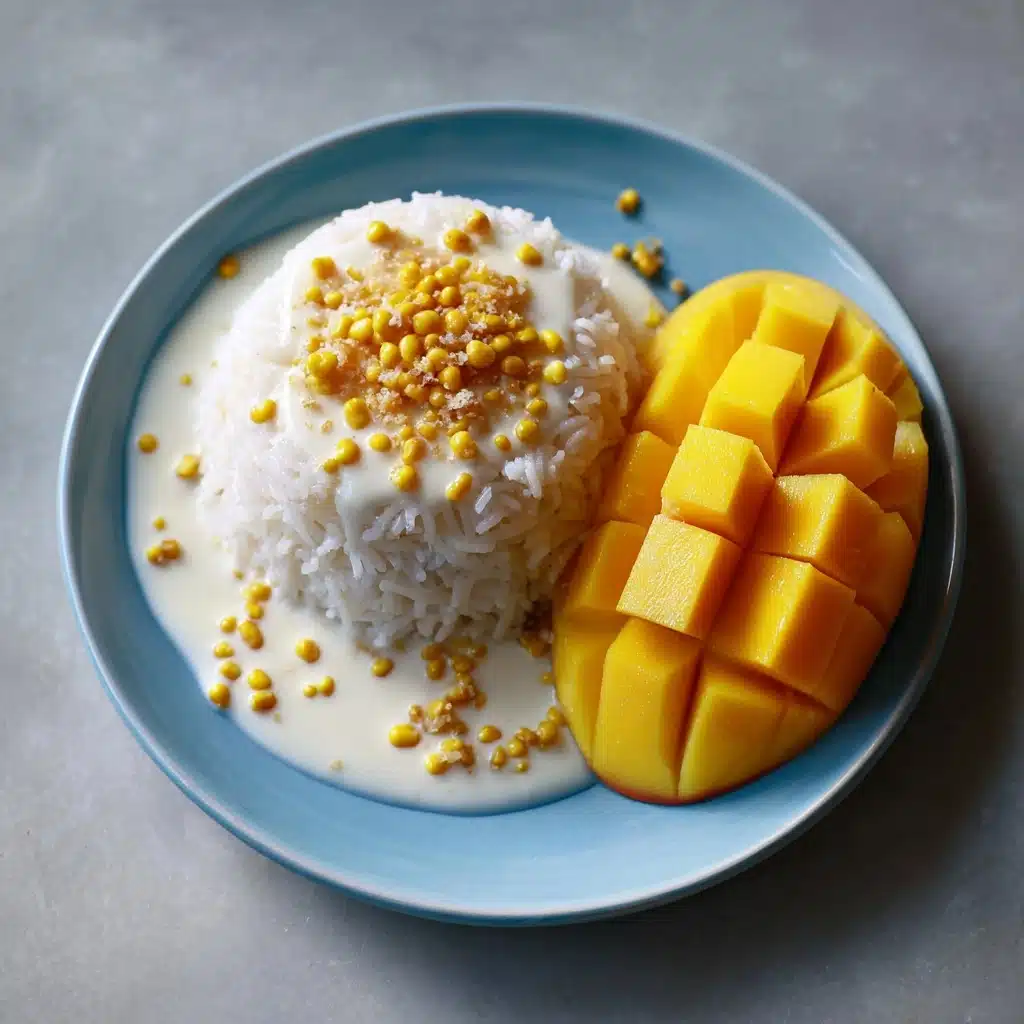
Garnishes
Elevate your Mangoes and Sticky Rice with a flourish of toasted sesame seeds or crispy mung beans on top. These garnishes don’t just look gorgeous; they add a light, nutty crunch that plays so well against the creaminess of the coconut rice and the juiciness of the mango. You can also try a tiny pinch of flaky sea salt or a leaf of fresh mint for a creative twist.
Side Dishes
Mangoes and Sticky Rice is so delectable it truly stands on its own. But if you’re organising a Thai-inspired menu, pair it with a light jasmine tea, or fresh tropical fruit like pineapple or lychee. The brightness and acidity of those fruits cut through the rich coconut rice, making each bite feel refreshing.
Creative Ways to Present
If you want to really wow your friends, try layering sticky rice and mango in elegant glasses for a parfait effect, or shape the rice with a small bowl or cookie cutter for a restaurant-worthy look. For a fun party twist, offer individual servings in banana leaves or on decorative ceramic spoons. However you serve it, Mangoes and Sticky Rice always brings a little touch of paradise to the table.
Make Ahead and Storage
Storing Leftovers
If you somehow manage not to devour it all in one sitting, Mangoes and Sticky Rice stores well for up to two days in the fridge. Keep the coconut rice and sliced mango in separate airtight containers to preserve their textures. A quick note: chilling the rice will firm it up, so you’ll want to reheat it gently before serving.
Freezing
While the coconut sticky rice can be frozen for up to a month, the mango is best enjoyed fresh, since freezing can zap its juicy texture. If you want to freeze the rice, let it cool completely and wrap tightly in plastic wrap or a freezer-safe bag. Simply thaw overnight in the fridge when ready to enjoy again.
Reheating
To bring Mangoes and Sticky Rice back to life, sprinkle a little water over the rice and gently re-steam or microwave it covered until just warmed through – this restores its lovely, chewy softness. The coconut milk drizzle can also be warmed briefly in the microwave or on the stove. Add fresh mango and you’re back in dessert heaven!
FAQs
Which type Dessert
It must be glutinous or sticky rice, sometimes labeled as Thai sweet rice. This variety is critical for achieving the signature chewy, velvety texture and can be found at Asian grocery stores or online.
Can I substitute canned mango for fresh?
While you can use canned mango in a pinch, nothing compares to the sweet, buttery flavor and firm yet juicy texture of fresh ripe mangoes. For the full Mangoes and Sticky Rice experience, fresh is best!
Is the recipe vegan?
Absolutely! Mangoes and Sticky Rice is naturally vegan thanks to its use of coconut milk and plant-based ingredients. Just check that your sugar brand is vegan if strict adherence is important to you.
What can I do if my rice turns out too sticky or mushy?
Over-soaking the rice or using too much water during steaming can cause mushiness. Always measure carefully, and be sure to soak the rice just until the grains plump up (4 to 8 hours), then steam without excess water.
Can I make Mangoes and Sticky Rice in advance for a party?
You can easily prep the coconut sticky rice and coconut sauce ahead, storing both separately. Slice the mango right before serving for the best color and texture, then assemble the dessert just before you bring it to the table.
Final Thoughts
There’s a reason Mangoes and Sticky Rice is a beloved classic: it’s simple, beautiful, and crave-worthy. Every bite is a sweet escape to the tropics! I hope you give this recipe a try and make it a go-to dessert for special occasions, gatherings, or anytime you want to wow yourself and your loved ones.
Print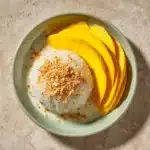
Mangoes and Sticky Rice Recipe
- Total Time: 35 minutes (plus soaking time)
- Yield: 4 servings 1x
- Diet: Vegan
Description
Indulge in the sweet and creamy delight of Mangoes and Sticky Rice, a traditional Thai dessert that combines the richness of coconut milk with the tropical freshness of ripe mangoes. This recipe offers a perfect balance of flavors and textures that will transport you to the bustling streets of Thailand with every bite.
Ingredients
Sticky Rice:
- 1 cup glutinous (sticky) rice
Coconut Milk Mixture:
- 1 1/2 cups coconut milk
- 1/3 cup granulated sugar
- 1/4 teaspoon salt
Additional:
- 2 ripe mangoes (peeled, pitted, and sliced)
- 1 tablespoon toasted sesame seeds or mung beans (optional)
Instructions
- Rinse and Soak the Sticky Rice: Rinse the sticky rice until the water runs clear, then soak it for at least 4 hours.
- Steam the Rice: Drain the rice and steam it for 20–25 minutes until tender.
- Prepare Coconut Milk Mixture: Heat coconut milk, sugar, and salt until sugar dissolves.
- Combine and Serve: Mix steamed rice with coconut milk, let it absorb for 10–15 minutes. Serve with mango slices, drizzle with reserved coconut milk, and garnish if desired.
Notes
- Use only glutinous or ‘sweet’ rice for the right texture.
- Thai Ataulfo or Nam Dok Mai mangoes work best for their sweet, buttery flavor.
- Best served slightly warm or at room temperature.
- Prep Time: 10 minutes (plus soaking time)
- Cook Time: 25 minutes
- Category: Dessert
- Method: Steaming
- Cuisine: Thai
Nutrition
- Serving Size: 1 plate
- Calories: 330
- Sugar: 20g
- Sodium: 100mg
- Fat: 11g
- Saturated Fat: 10g
- Unsaturated Fat: 1g
- Trans Fat: 0g
- Carbohydrates: 55g
- Fiber: 2g
- Protein: 4g
- Cholesterol: 0mg
